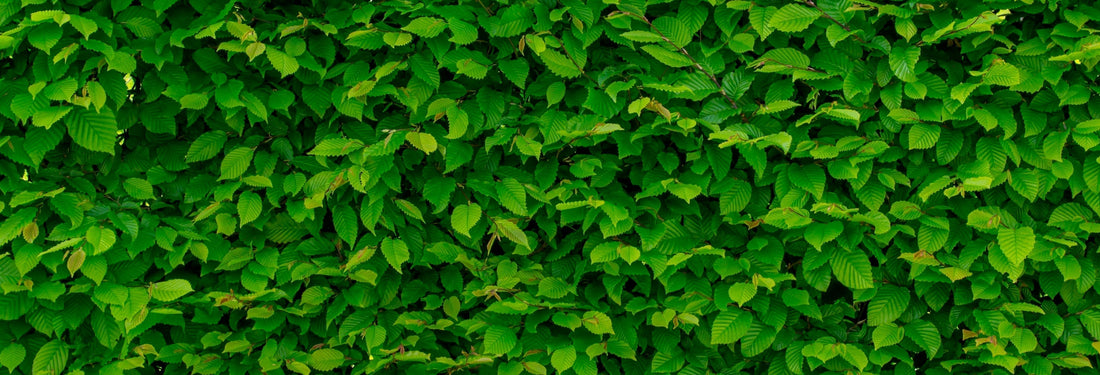
How To Compost: Making Fresh Soil at Home
Do you ever have any leftover vegetables, coffee grounds, or even tea bags, and wonder if there are better uses for them, than just tossing them? If so, then composting could be a great solution for your next DIY idea. Composting is a natural process where organic everyday materials are mixed together and stored to gradually create soil. In this guide, we will cover each of the steps involved in composting, so you can start making your own fresh soil today. Keep reading for more on the different composting steps and for a free composting recipe.
Composting inside vs. outside? Where to store your compost?
Before you start, you need to decide where you are going to store your compost materials. Depending on the area you live in, there can be advantages and disadvantages between composting inside vs. outside. Composting indoors is usually more convenient since you might not have to go far to get to your kitchen compost bin, each time you have to add new composting materials. On the other hand, you do not have to worry about making messes as much with composting outdoors.
After you have decided between composting inside or outside, you get to pick where to store the compost. If you want to compost outside, you can repurpose an old waste bin or you can purchase a store-bought compost bin, like rotating compost barrels, which are designed for mixing large amounts of compost outside. Alternatively, you can consider making composting piles, where instead of a bin, you mix composting materials into large piles in your backyard, so the sun and local wildlife can work on them.
For composting inside, you may want to consider buying kitchen compost bins, which are made to fit in tight kitchen spaces. When choosing a compost bin for indoor use, make sure it has a lid for covering the compost. This can help manage any potential issues with pests and bugs that are interested in your compost.
What’s a good starting compost recipe? What are good compost materials? What are bad compost materials?
In general, a good starting composting mixture is made of about 50% green’s, 30% brown's, and 20% other starting composting ingredients.
For the green’s or green plant matter, the goal is to add nitrogen dense materials like tea bags and yard clippings to your composting mix. Green's also contain different amounts of water which can help add more moisture to the compost.
Green’s List (50%):
- tea bags
- grass and yard clippings
- coffee grounds
- vegetable scraps
- clippings from pruning plants
- withered flowers and plant stems
- foliage debris
- herb stems,
- vegetable scraps
- & many more
For the brown’s or brown matter, you need to add carbon rich materials. Common brown’s are shredded cardboard, splintered twigs, and fallen leaves. For more gardening DIY projects on using leaves and other yard waste, check out this post.
Brown’s List (30%):
- shredded cardboard
- splintered twigs
- fallen leaves
- shredded paper bags
- straw
- wood chips
- sawdust
- shredded newspaper
- & many more
Just mixing green’s and brown’s together can be enough to start composting, but if you want to speed up the process, there are additional steps you can take. For example, many greens, like plant stalks, already contain water, but you may want to add more water until the entire mixture is lightly soaked. Moisture is important for decomposers to survive in the compost, and adding extra water can prevent the compost from drying out. Additionally, you can also add some base soil and a small amount of nitrogen-rich fertilizer to help start the composting process.
Other Starting Materials (about 20%):
- added water or moisture (8%)
- base soil (10%)
- concentrated fertilizer (about 2% or less)
There is also a list of ingredients that you need to avoid adding for various reasons. Following these precautions not only makes a healthier compost, but it also prevents the compost from attracting pests or spreading weeds in your future gardening DIY projects. Below is a list of common composting ingredients to leave out.
Common Materials to Avoid:
- animal meat, bones, and grease
- diseased plant parts
- pesticide-treated plants
- flowering weeds
- noxious weeds
Starting your first composting project is a lot like trying a new cooking recipe, and you just need to find the right ingredients to get started. To make a good starting compost mix, try to aim for a balanced mixture of brown’s, green’s, and other starting compost materials. You can always add more materials to the mixture later, if you change your mind about what to include. It may take some time for the composting process to work, but eventually the materials should break down until you’re left with fresh, earthy soil.










